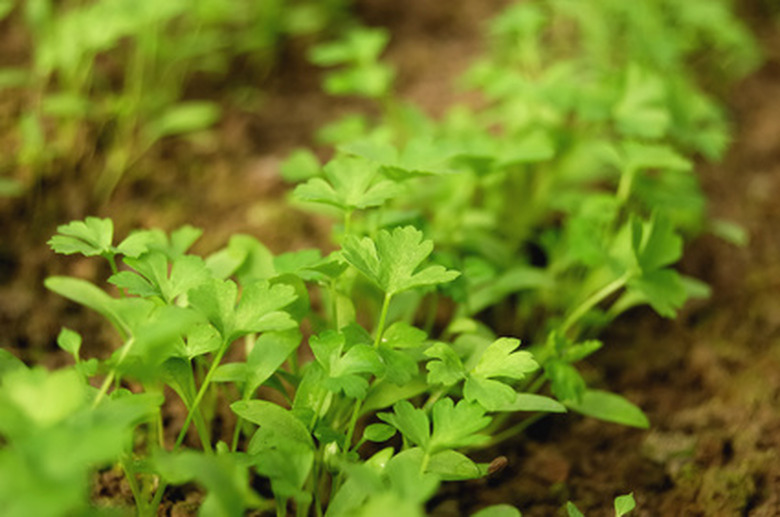Soil Types In California
Living soil is full of life, complete with animals, fungi and microbes that interact with plants and contribute to a healthy ecosystem. Soil is a combination of three different types of particles: sand, clay and silt. The proportions of each of these particles affects the ability of the soil to store water and nutrients, the speed that water will flow through the soil, how easily air can get into the soil, how deep plant roots can extend and what kind of plants will thrive.
_ Living soil_ has the ability to grow stronger plants and produce nutritious foods, and it also can help plants be more drought tolerant. Because plants growing in living soil don't need a large influx of fertilizers and chemicals in order to thrive, that means less pollution to the nearby environment. In California, there are four main types of soil: sand, silt, clay and loam.
Light Sandy Soil
Light Sandy Soil
Sand is the largest type of soil particle and can vary in size from fine sand (0.05 mm) up to coarse sand (2.0 mm). If soil has high sand content, it's described as a "light" soil. Sand has large air spaces around the sand granules, which gives it good aeration. This also means that does not store nutrients well and has poor water-holding capacity (meaning you may need to water the plants growing in it more). On the other hand, that also means that the sandy soil is always well-drained.
In California, sandy soils can be found near and around the coast. These granules of sand have rough edges, so no matter if the soil is wet or dry, the sandy soil will feel rough and gritty. If you add water to it and try to form it into a ball, it will fall apart.
Smooth Silty Soil
Smooth Silty Soil
The next largest type of soil particle is silt. Silt particles are between sand and clay in size, between 0.002 mm and 0.05 mm. Silt feels smooth and powdery, and when it is wet, it feels smooth but not sticky. If you add water and try to form a ball it will stay together, but it will break apart if you try to roll that ball into a thin sausage.
Heavy Clay Soil
Heavy Clay Soil
Clay has the smallest particle size at less than 0.002 mm in size. When soils have a high proportion of clay, they are described as "heavy" or "tight" soils. Clay soils are excellent at storing nutrients and holding water, although the water is held so tightly that it can be hard for plants to access it.
Clay particles are so small that these soils also have poor aeration and poor water filtration, meaning water will pool on top of the soil and take time to drain away. This can suffocate plants as air can no longer reach the soil. Clay soil is one of the most common soil types in southern California.
Dry clay feels smooth when you rub it, and when the clay gets wet it will feel smooth and sticky. Clay can be molded into many different shapes, including a ball and a long sausage shape.
Versatile Loamy Soil
Versatile Loamy Soil
Clay, sand and silt particles make up this last type of soil called loam. Loam has texture properties of all the other soil types. For example, loam may feel smooth but still partially gritty from the sand, and when it is wet, you may be able to form ball with the soil, but it will fall apart more easily. Loam has the ability to store nutrients, good water infiltration and good water-holding capacity. If it's not compacted, it also has good aeration. Loamy soils are found in flat areas and valleys surrounding rivers and streams.
Cite This Article
MLA
Taylor, Lindsey. "Soil Types In California" sciencing.com, https://www.sciencing.com/soil-types-in-california-12282457/. 30 September 2021.
APA
Taylor, Lindsey. (2021, September 30). Soil Types In California. sciencing.com. Retrieved from https://www.sciencing.com/soil-types-in-california-12282457/
Chicago
Taylor, Lindsey. Soil Types In California last modified March 24, 2022. https://www.sciencing.com/soil-types-in-california-12282457/
